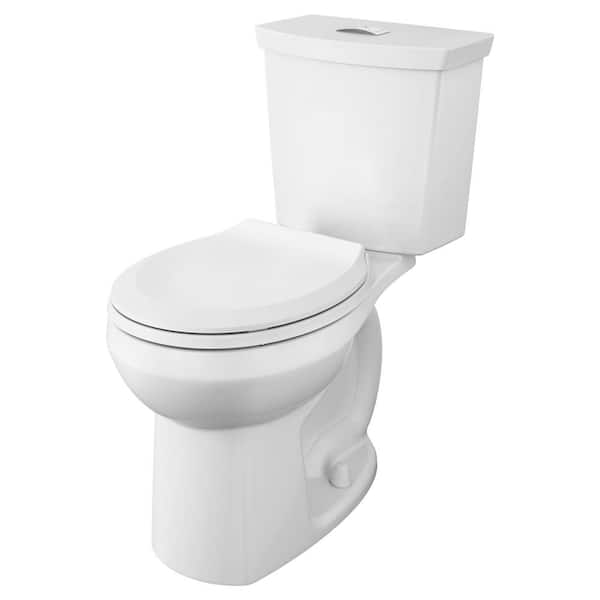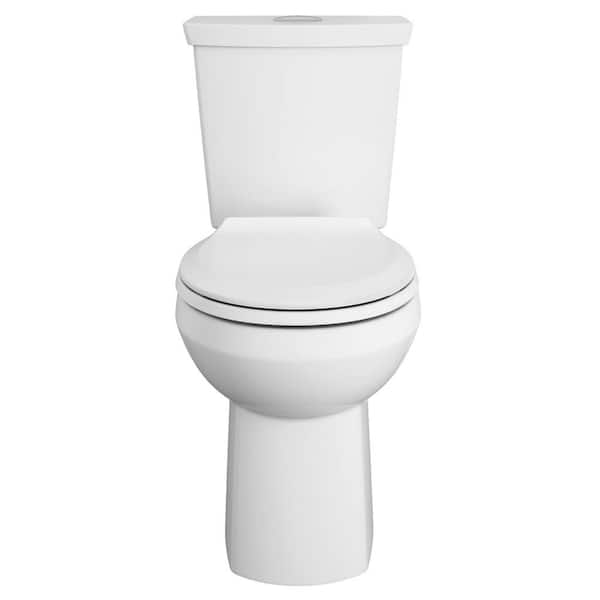When it comes to subfloors, one common question that arises is, “Can you use 1/2 plywood for subfloor?” Well, let’s find out! Plywood is a versatile and widely used material, but does it meet the requirements for a sturdy subfloor?
Subfloors play a crucial role in providing a solid foundation for your flooring, ensuring durability and stability. So, it’s essential to choose the right materials to get the job done.
In this article, we’ll explore whether 1/2 plywood is suitable for subfloors, considering factors such as thickness, load-bearing capacity, and industry recommendations. Let’s dive in and discover the answers together!

Can You Use 1/2 Plywood for Subfloor? Exploring the Possibilities
When it comes to subfloors, plywood is a popular choice due to its strength and durability. However, the thickness of the plywood can vary, leading to some confusion about what is suitable for use. One common question that arises is whether 1/2 plywood can be used for subfloors. In this article, we will delve into this topic and explore the possibilities of using 1/2 plywood for subflooring.
The Basics of Subflooring
Before we discuss whether 1/2 plywood is suitable for subflooring, it’s important to understand the role of a subfloor. The subfloor is the layer of material that sits directly on the joists and provides a solid base for the finished flooring. It needs to be strong, stable, and capable of supporting the weight and load of the flooring material.
Traditionally, subfloors were made using solid wood planks. However, plywood has become the go-to choice due to its strength, dimensional stability, and ease of installation. Plywood is made by layering thin sheets of wood veneer and bonding them together with adhesives, resulting in a strong and uniform material.
Now that we have a basic understanding of subflooring and plywood, let’s explore whether 1/2 plywood is a suitable option.
Understanding Plywood Thickness
When it comes to plywood thickness, there are different options available, ranging from 1/4 inch to 3/4 inch or even thicker. Each thickness has its purpose and recommended use. In the case of 1/2 plywood, it is commonly used for applications such as wall sheathing, paneling, and cabinet construction.
While 1/2 plywood is versatile and can handle various tasks, it may not be the ideal choice for subflooring in all situations. The thickness of the plywood used for subflooring is typically 3/4 inch. This thickness provides the necessary strength and stability to withstand the weight and pressure of the flooring material, as well as the movement of the structure.
Using 1/2 plywood for subflooring may be suitable only under specific circumstances, such as for lightweight flooring materials in low-traffic areas. However, it is generally recommended to use 3/4 plywood for subflooring to ensure optimal performance and durability.
The Benefits of 3/4 Plywood for Subflooring
Now that we’ve established that 1/2 plywood may not be the best choice for subflooring, let’s take a closer look at the benefits of using 3/4 plywood for this purpose:
- Strength and Stability: 3/4 plywood provides the necessary strength and stability to support the weight and load of the flooring material, preventing sagging or warping over time.
- Durability: With its thicker construction, 3/4 plywood is more resistant to damage, ensuring a long-lasting subfloor that can withstand heavy foot traffic and other stresses.
- Sound and Insulation: The thicker plywood helps to reduce noise transmission and provides better insulation, enhancing the overall comfort of the space.
- Easier Installation: Using 3/4 plywood for subflooring often results in a smoother and more even surface, making the installation of the finished flooring easier and more efficient.
Considering these benefits, it is clear why 3/4 plywood is the recommended choice for subflooring in most cases.
Alternative Options
If you find yourself in a situation where 1/2 plywood is the only option available for subflooring, there are a few alternatives you can consider:
1. Double Layering:
One solution is to double layer the 1/2 plywood. By using two layers of 1/2 plywood, you can achieve a total thickness of 1 inch, providing increased strength and stability. This method can be an acceptable alternative when 3/4 plywood is not readily available.
2. Enhanced Support:
Another option is to enhance the support for the flooring material by adding additional cross-bridging or blocking between the joists. This helps to distribute the load more evenly across the subfloor, compensating for the thinner plywood thickness.
3. Consult a Professional:
If you’re unsure about whether 1/2 plywood is suitable for your specific situation, it’s always best to consult with a professional. They can assess the structural requirements and provide expert advice on the best course of action.
Factors to Consider When Choosing Subflooring Material
In addition to the thickness of the plywood, there are other factors to consider when choosing subflooring material:
1. Moisture Resistance:
Moisture is a common issue in areas such as bathrooms, kitchens, or basements. It’s important to select a subflooring material that offers good moisture resistance to prevent damage and maintain the integrity of the flooring above.
2. Compatibility with Finish Flooring:
Consider the type of finish flooring you plan to install and ensure that the subflooring material is compatible with it. Different flooring materials may have specific requirements in terms of subfloor type and thickness.
3. Joist Spacing and Span:
The spacing and span of the joists in your structure will influence the choice of subflooring material. Ensure that the chosen material meets the structural requirements and can adequately support the load without excessive deflection.
4. Building Codes and Regulations:
Take into account any local building codes and regulations that dictate the minimum requirements for subflooring. Compliance with these standards is crucial for ensuring the safety and integrity of the structure.
Conclusion
While 1/2 plywood can serve various purposes, it may not be the best choice for subflooring in most cases. Generally, 3/4 plywood is the recommended thickness for subflooring due to its strength, stability, and durability. However, if you find yourself in a situation where 1/2 plywood is the only option available, there are alternative solutions such as double layering or enhanced support that can help compensate for the thinner thickness.
Ultimately, when choosing subflooring material, it’s essential to consider factors such as moisture resistance, compatibility with the finish flooring, joist spacing and span, and compliance with building codes. Consulting with a professional can provide valuable guidance and ensure that you make an informed decision.
Key Takeaways: Can You Use 1/2 Plywood for Subfloor?
- Using 1/2 plywood for subflooring is not recommended.
- 1/2 plywood is not strong enough to provide adequate support for flooring.
- Subflooring should typically be at least 5/8 or 3/4 inch thick.
- A thicker subfloor helps prevent sagging and ensures a stable foundation for your floors.
- Always check local building codes and consult with professionals for specific recommendations.
Frequently Asked Questions
When it comes to subflooring, choosing the right materials can make a big difference in the stability and longevity of your floors. In this FAQ section, we’ll address common questions related to using 1/2 plywood for subflooring.
1. What is the recommended plywood thickness for subfloors?
While 1/2 inch plywood can be used for subfloors in certain situations, it is generally recommended to use a thicker plywood for better support and durability. The industry standard for subfloor thickness is 5/8 inch or 3/4 inch plywood. These thicker plywood sheets provide a sturdier base that can withstand the weight and movement of daily foot traffic.
However, if your subfloor is properly supported and the joists are spaced closely together, 1/2 inch plywood can be used in some cases. It’s important to consult local building codes and guidelines to ensure you meet the specific requirements for your area.
2. Can 1/2 plywood be used as a temporary subfloor?
Yes, you can use 1/2 inch plywood as a temporary subfloor in certain situations. Temporary subflooring is often used during construction or renovation projects to protect the underlying structure and provide a stable working surface. While 1/2 inch plywood may not provide the same level of long-term durability, it can be a cost-effective option for short-term needs.
Keep in mind that temporary subflooring should only be used as a temporary solution and not as a permanent flooring material. If you’re planning to install a finished floor, it’s recommended to use thicker and more robust subflooring materials for better support and longevity.
3. What are the advantages of using thicker plywood for subfloors?
Thicker plywood offers several advantages when used for subflooring. Firstly, it provides better stability and support, reducing the chance of floor sagging or squeaking over time. Thicker plywood also offers improved resistance to moisture and warping, which can be beneficial in areas where moisture is a concern, such as bathrooms or basements.
Additionally, thicker plywood provides a better base for the finished flooring materials to be installed on top. It helps to minimize the movement and flexing of the floor, resulting in a more solid and rigid surface for the flooring to adhere to. This can contribute to a longer lifespan for your floors.
4. Are there any other alternatives to plywood for subfloors?
Yes, there are alternative materials to plywood that can be used for subflooring. One popular option is OSB (oriented strand board), which is made from compressed wood strands. OSB is known for its strength and durability, making it a suitable choice for subfloors. However, it’s essential to follow the manufacturer’s instructions and local building codes when using alternative materials.
Another option is cement backer board, which is typically used under tile or stone flooring. Cement backer boards provide excellent moisture resistance and stability, making them a good choice for wet areas. It’s important to choose the right material based on your specific flooring needs and consult with a professional if you’re unsure.
5. Can I install hardwood flooring directly on 1/2 plywood subfloors?
While it is possible to install hardwood flooring on 1/2 inch plywood subfloors, it’s generally not recommended. Hardwood flooring requires a solid and stable base to prevent issues such as squeaking, flexing, or cupping. Thicker plywood or other suitable subflooring materials are usually recommended to provide the necessary support for hardwood flooring installations.
It’s important to follow the manufacturer’s guidelines and consult with a professional when installing hardwood flooring. They can assess the specific conditions of your subfloor and recommend the appropriate materials and installation techniques to ensure a successful and long-lasting hardwood floor.

Subfloor VS. Underlayment Explained
Summary
To sum up, using 1/2 inch plywood for a subfloor is not recommended. This type of plywood is too thin and may not provide adequate support for your flooring. It is important to use at least 3/4 inch plywood or OSB to ensure a sturdy and long-lasting subfloor. Additionally, using a thicker plywood will help prevent any squeaks or movement in your flooring.
Remember, the subfloor is an essential part of your home’s structure. It needs to be strong enough to support the weight of people, furniture, and other loads. So, it’s best to follow the recommended guidelines and use the right materials for your subfloor to avoid any future issues.
